Planning to backpack Spain anytime soon? Well, let me give you a little advice. Spain is not simply one country, let alone one culture, and there are some do’s and dont’s when visiting Spain… which is why I have written a guide with 33 awesome Spain travel tips!
You see, Spain is a diverse, multicultural country made up of 17 regions. Each region has its own traditions, food, art, and cultural etiquette. Call a Catalan a Spaniard or disrespect a Basque, and well, you may learn a few swear words in a new language.
On the other hand, read my 33 Spain travel tips before you travel to the Iberian Peninsula, and you’ll avoid some awkward situations. Plus, you have a better chance at really understanding the people of Spain whilst making some new friends along the way.
Without further adieu here are my essential Spain travel tips:
1. Have a (basic) understanding of the region(s) in Spain you plan to visit
This is one of my most important Spain travel tips. There are 17 autonomous regions, and two autonomous cities: Ceuta and Melilla, in Spain. Each of these regions has their own characteristics, festivities, and traditional food. Five of them have their own languages, and all of them have their own Spanish dialects.
For example, the Spanish accent in Andalusia (a region in southern Spain) is quite different from anywhere else in Spain. When I lived in Barcelona, they would poke fun at the dialects down south.
Types of food, cultural events, and more will vary widely as well depending on the region, and I’ll cover specifics in my other Spain travel tips.
Though one example I will talk about now is bullfighting. While bullfighting is a huge tradition in many regions of Spain, it was banned in Catalonia years ago. Just because we – tourists – think of this cultural tradition as Spanish doesn’t mean it is part of every region’s culture, let alone every city in one region.
Do a bit of research before showing up to Spain, and show some respect to the regional differences. Misinformed comments about a Spaniard’s region of origin is considered offensive (for example, mistaking a Basque for an Andulucián).
Some research and understanding will ensure a more culturally enriching experience in Spain!
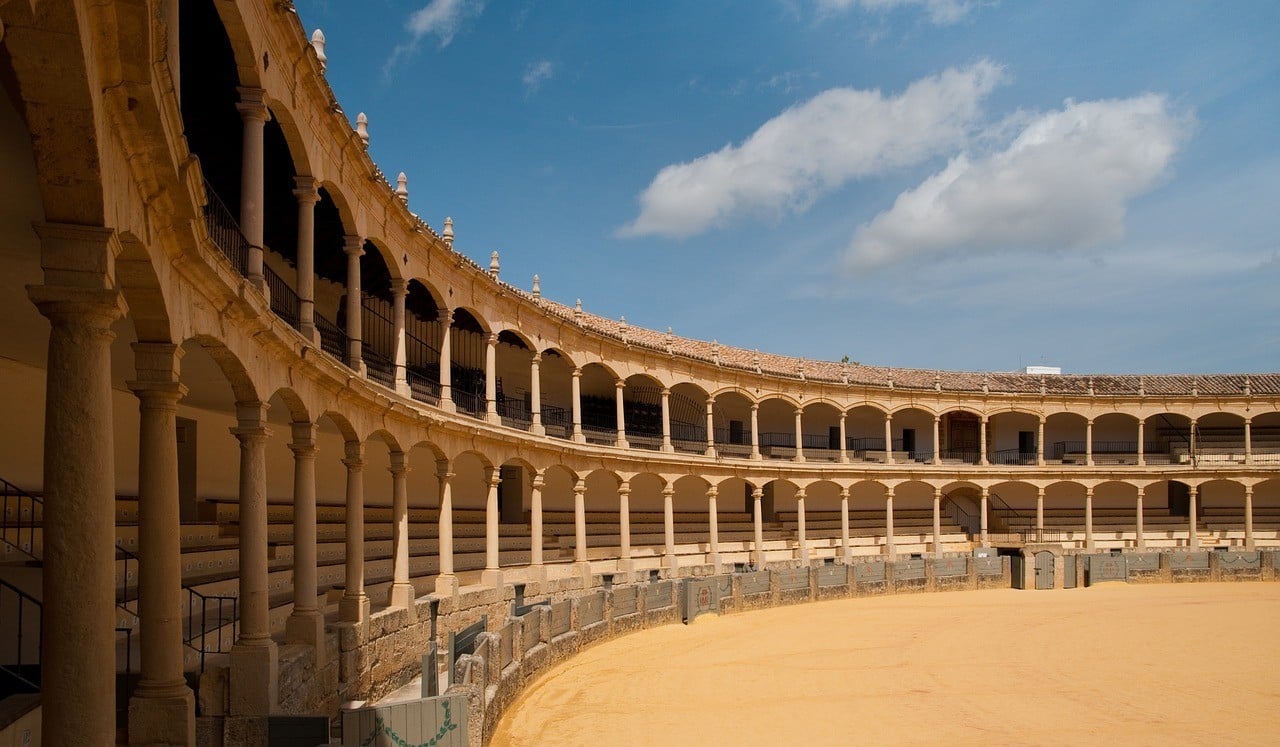
2. Spain doesn’t just speak Spanish
Speaking of the different regions in Spain, there are 6 official languages in Spain. Most people who live in Spain speak Spanish, though it is called Castillian Spanish, but five regions have their own language and speak Castillian Spanish as a second language to their native tongue.
In Catalonia (the region where Barcelona is located), they speak Catalan. In Galicia, they speak Galician. In San Sebastian and Bilbao of the Basque region, they speak Basque. Then there is Aragonese, Asturian and Leonese spoken in their respective regions too.
Basically, just because you are backpacking Spain, doesn’t mean solely Spanish will get you by. It’s worth learning a few basic words in a region’s first language too.
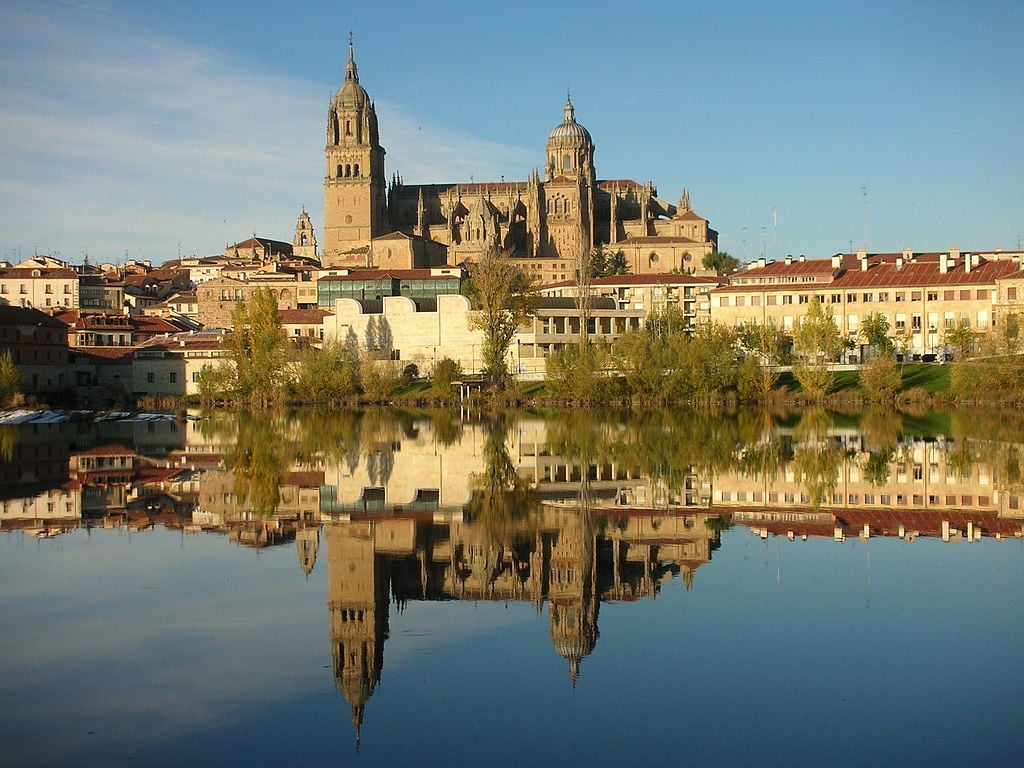
3. Spanish people are proud
I haven’t traveled to many countries in this world whose people are as proud the Spanish are. And frankly, it’s not necessarily national pride. In fact, many semi-autonomous regions, like the Basque country and Catalonia, would rather be independent of Spain, which is a controversial topic in itself.
(Catalonia voted for independence from Spain in 2017, but the Spanish government has no interest in letting this happen. Cue the controversy.)
I attended a National Day of Catalonia (held on September 11th each year) back in 2013, and there were hundreds of thousands of people in the streets proudly waving their Catalonian flags whilst their painted faces sported yellow and red.

4. Spain summers are not for the faint of heart
If you are traveling to central or southern Spain in summer, be prepared to take a lot of siestas. Trust me, sightseeing in Seville or hiking in Catalonia during the brutally hot summer afternoons is not fun.
Temperatures in Seville and Cordoba regularly reach 100+ F (40 c) degrees during July and August, so unless you’re hitting a beach town, island, or the Costa del Sol, I suggest planning your Spain trip for another time if possible!
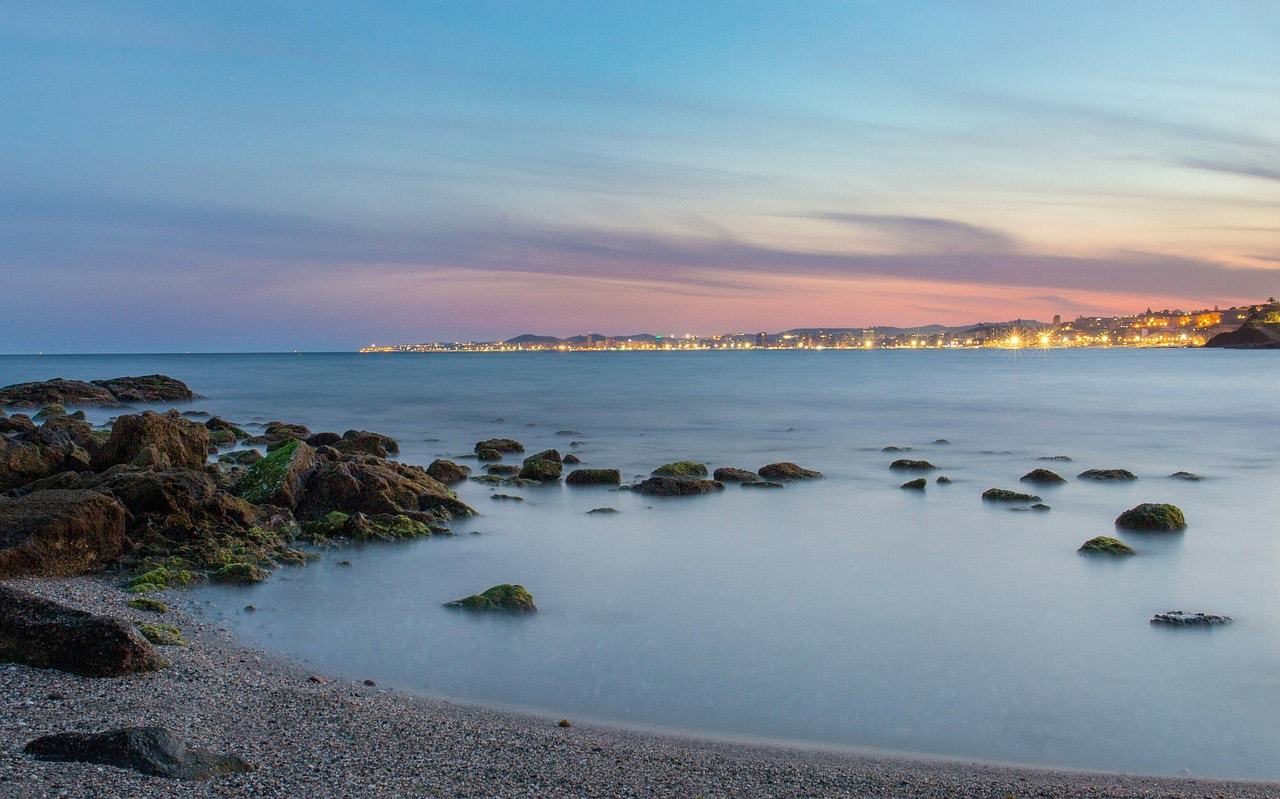
5. Siestas aren’t necessarily for napping, though they are for taking a break
The excruciating summer weather I just mentioned definitely explains why everything closes down in the afternoons for what tourists know as siestas. That being said, do not assume everyone is home sleeping, as this can be considered quite offensive.
Certain regions in Spain (the hotter ones) and certain seasons (*summer*) take an afternoon break to escape the heat. In Spain, it’s pretty common to shut down shop, head home for lunch, spend time with your family or grab a cafécito with friends, and yes, maybe even take a nap.
Apart from the biggest stores and restaurants that cater specifically to tourists, shops close down around 2 pm for around 2-3 hours. My suggestion is to do as the Spanish do, and take a mid-day break yourself.
Even in Barcelona, a massive metropolis that isn’t necessarily “traditionally Spain”, local shops close down near the city center in the afternoons.
6. Speaking of time, go with the flow in Spain
I can’t tell you how many times I have had misunderstandings about meeting times with Spaniards, whether it’s for dinner, checking into an apartment/Airbnb, etc.
In Spain, punctuality is different, especially for social events, though this is not the case is for work and school. I studied in Spain for a few months, and punctuality was extremely important to my professors.
7. Maybe don’t visit Spain in summer unless…
I mentioned earlier that summer in Spain is unbearably hot for sightseeing. Well, this is all the more reason to visit Spain in the spring or fall, when temperatures are comfortable and the international tourism crowds have generally dispersed.
In my experience, there are far fewer tourists in Spain between September and November, and February and April (except for Holy Week when domestic tourists are traveling for holiday).
Moreover, if you are backpacking Spain on a budget, I highly recommend visiting Spain when accommodation is significantly cheaper i.e. not summer, Christmas, or Holy Week. (For more information on the best and affordable hostels in Madrid, Barcelona, and Seville, and Valencia, see the links.)
If you like colder weather and very affordable skiing, visit Spain in the winter and head to the Pyrenees or the Sierra Nevada!
On the other hand, you should definitely travel to Spain in the summer if you are visiting the northern parts of Spain that see much more rain than the rest of the country (Asturia, Galicia, etc.), the mountains specifically for hiking or climbing, or the beach for Spain’s best parties (like Barcelona or Ibiza).
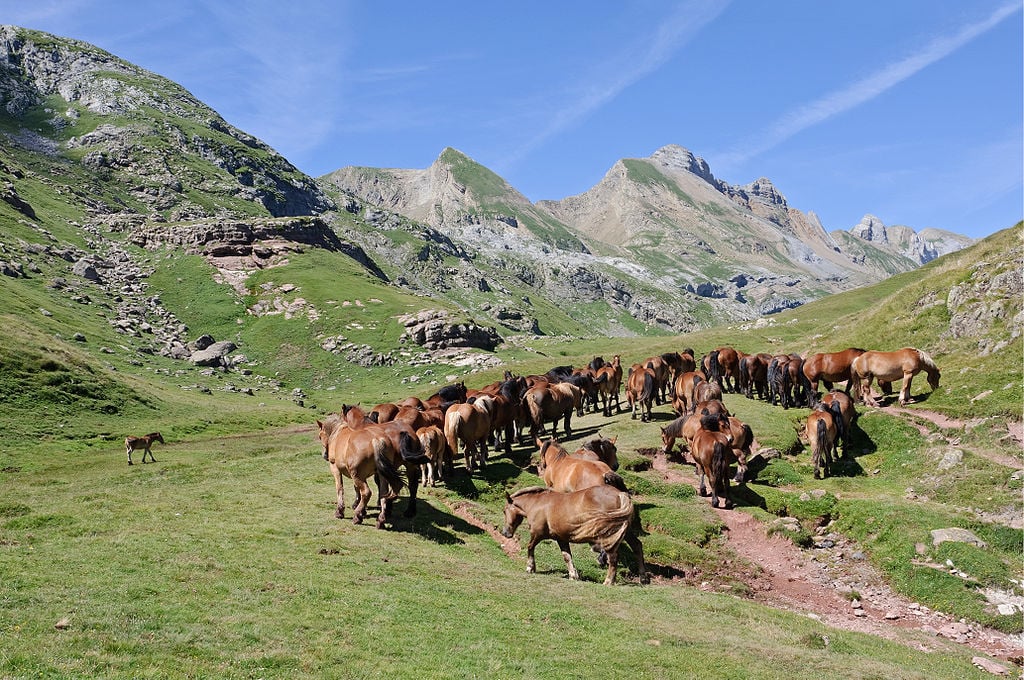
Photo: Myrabella (WikiCommons)
8. Speaking of partying, Spaniards love to socialize
I have traveled to multiple regions in Spain: Catalonia, Andalusia, Valencia, Madrid, etc. and one thing everyone seems to have in common is socializing over drinks, whether it’s coffee or something stronger, and food of course.
Walk down any street in Spain – grand avenues and side alley streets alike – and it will be lined with cafés and bars seating Spaniards at all times of the day, a drink in one hand and a cigarette in another.
9. Spanish people also like to stay out late
And on the subject of socializing, Spaniards run on a completely different clock than us mere humans. In Spain, restaurants may close down in the afternoons, but they stay open much later. It is common to stay out past midnight on a weeknight, and until the sun rises on the weekends.
It isn’t so much that people are getting wasted, Spaniards just like to eat and drink over quality conversation and time with their friends. They also like to stay out late dancing the night away.
Don’t be surprised if you quickly adapt to the Spanish way of life. It’s easy for time to escape you in Spain, and an early night to turn into a 4 am walk home. Spain really does some of the best nightlife in Europe. You’ll find mega nightclubs in the cities year-round, live music and salsa clubs, quirky bars, and more.
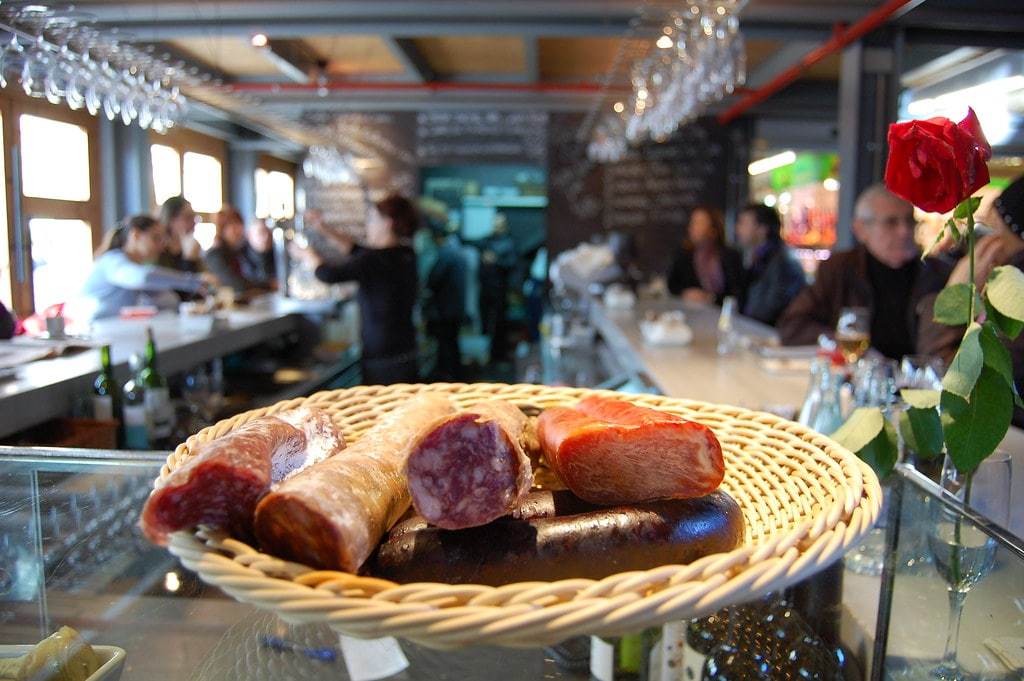
Photo: Jerome Strauss (Flickr)
10. Don’t expect to eat dinner until 9 pm
Meal times in Spain go a lot later than other countries. Most people in Spain eat a small breakfast – if anything at all, usually just a small cup of coffee – and then eat their biggest meal of the day, lunch, between 2-4. Then they eat dinner around 9 pm or later!
It’s common for families with children and older people to be out until midnight on Saturdays, eating dinner with friends and family.
11. Being vegan in Spain is difficult
Ah, speaking of food. Pretty much all traditional Spanish food, no matter the region, revolves around an animal product: pork, seafood, eggs, etc. It is quite difficult to be vegetarian, let alone vegan, in many regions of Spain, especially in Spain’s smaller towns and rural areas.
That’s not to say you can’t eat vegetarian, or that there aren’t vegans in Spain, but the traditional food in Spain does tend to involve meat. Even in Granada, a city that sees quite a few tourists, many tapas bars’ idea of “vegetarian” is tuna. Yeah.
My Spain travel tips for vegetarians and vegans are to cook for yourself as often as possible and seek out vegan specific restaurants in the main cities. There are plenty of options in places like Madrid and Barcelona; you just might need to plan ahead. As for the tapas culture, you may be eating a lot of olives and patatas bravas (fried cut potatoes with sauce).
12. Spaniards love their jamón
Speaking of meat, do not be surprised to see pig legs hanging around just about everywhere: grocery stores, restaurants, bars, and even in gas stations! Jamón is a traditional part of Spanish cuisine just about everywhere.
I recently learned that one of the main reasons pork legs hang in windows and jamón (ham) is such a cornerstone of Spanish food stems from the times of the Spanish Inquisition when the Catholic Church was persecuting non-Catholics.
This included Moors who practiced Islam and did not eat pork. As a way of proving you were Catholic and therefore not opposed to eating pork, you would hang a pork leg outside your window to prove your loyalty to the Church.
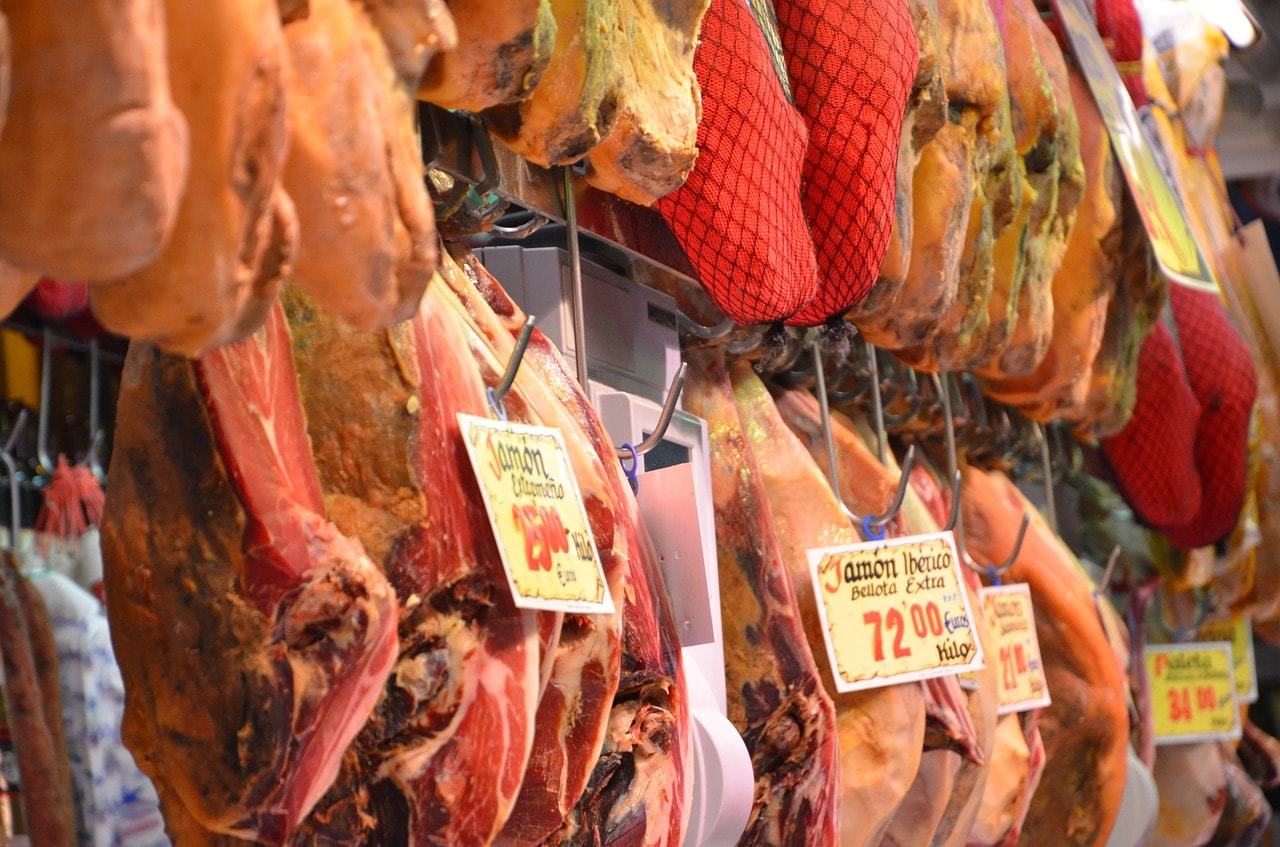
13. Eat free tapas in the south of Spain
While most of Spain consumes quite a bit of jamón, it’s Andalusia that still serves free tapas. The city of Granada, specifically, still serves a free tapas with every ordered drink.
The more drinks you order, the more food you get, so you can basically eat dinner for free while catching a buzz. Tapas bar life is a large part of the social life in Granada and Andalusia in general.
In other parts of Spain, however, do not expect free tapas. Bars may still serve small plates of olives, bocadillos (little sandwiches) etc. but it won’t be free. The idea of a “tapas bar” in other regions of Spain is mostly for tourists.
14. Pintxos are the snack in the north
Like tapas are to Andulucía, pintxos are to Basque country. They are a quick snack to have over drinks. They aren’t free, but they are usually inexpensive – about 1-2 euros per pintxo.
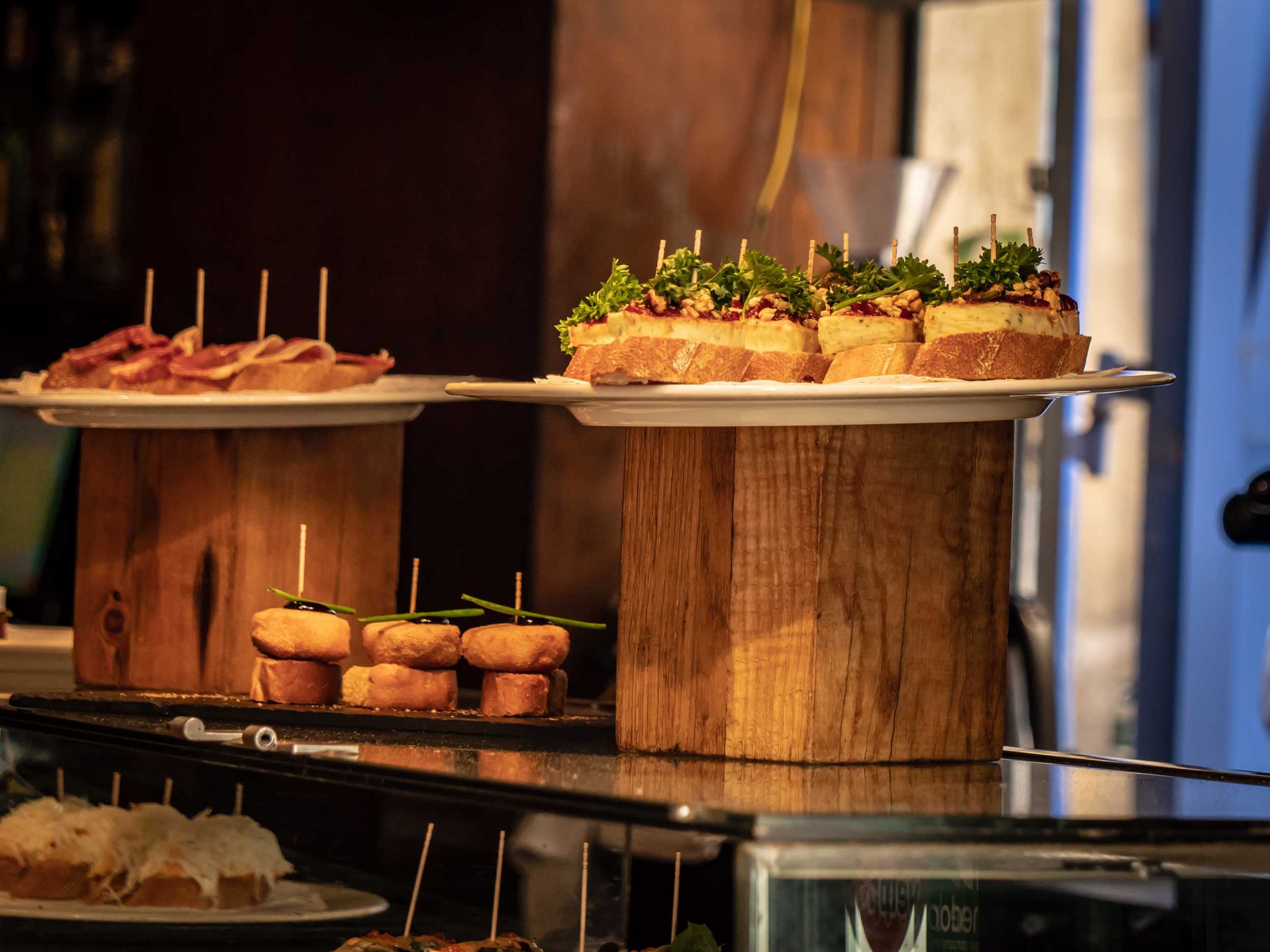
15. Breakfast is NOT the biggest meal of the day
On the subject of food, you may have already gathered that lunch and dinner are important meals in Spain, so breakfast sort of falls flat. Most people do not eat much, if anything, for breakfast in Spain, though Madrid and Barcelona will still have some pretty good brunch spots from my experience.
Typical breakfast foods in Spain include a pan con tomate (toasted bread with tomato), eggs, and coffee (always).
16. Eat a Tortilla de Patata for breakfast
Oh, and speaking of breakfast… the tortilla de patata is the best breakfast food in Spain. Throughout Spain, though especially in Andulusia and specifically Córdoba, the tortilla de patata (Spanish omelet with potatoes) is famous and thankfully very delicious.
You’ll find these in just about every restaurant, hole-in-the-walls and fancy ones alike. They are made with eggs, potatoes, and onions, salt, and lots of olive oil. Making this omelet is not as simple as it sounds, however, as you can read here.
17. And eat paella in Valencia
Well, actually you can find good paella pretty much anywhere in Spain at the right restaurant. The best paella I’ve had in Spain was in Madrid, though it still doesn’t top my mom’s (a recipe given to her by her Spanish friend I’ll add).
But this amazing dish originates from Valencia, and you will find some of the BEST paellas here. In my experience, the secret to great paella are the proportions of different meat and seafood (too much or too little can make it too fishy), and the timing of which you add each ingredient to the pan.
What’s paella, you ask?
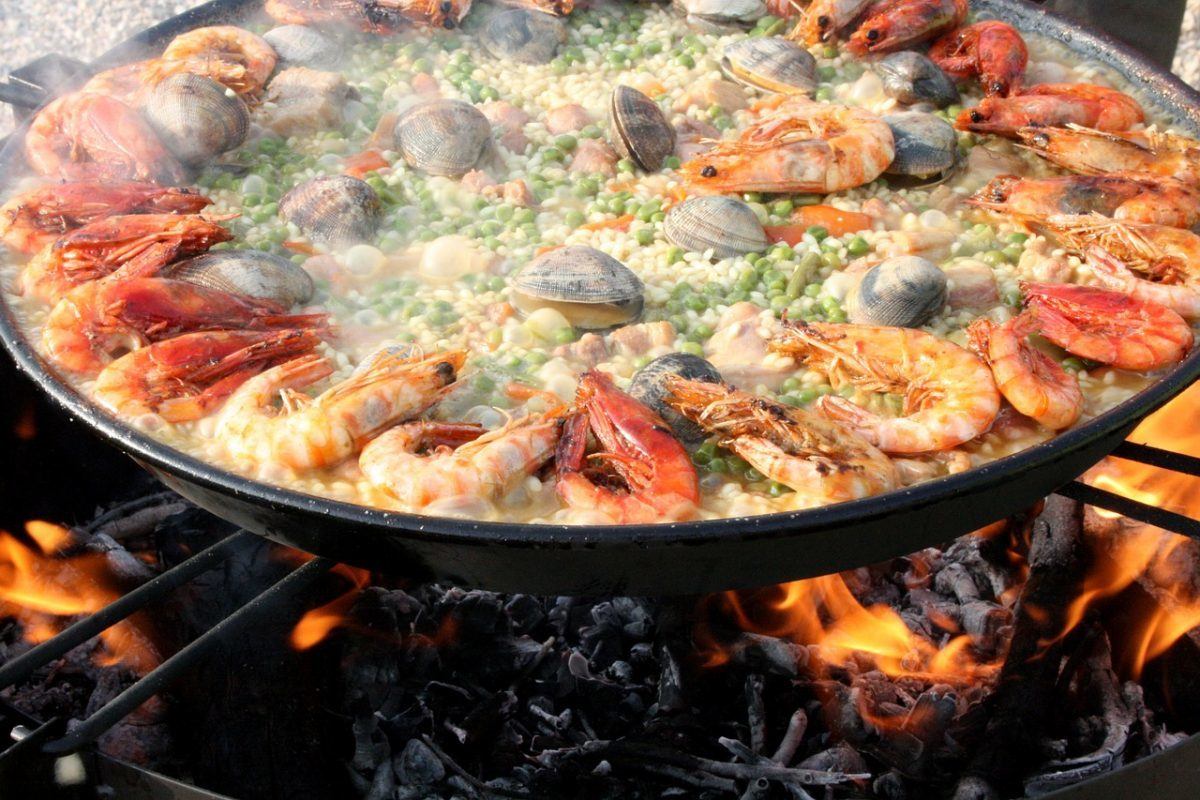
18. Try the regional food
A final tip on food I swear! I’ve covered a lot of famous regional dishes above, but I want to highlight that the food really does range quite a bit by region in Spain. I suggest asking for local recommendations because the quality of food varies widely. There are so many restaurants in every Spanish city, so a local will help you narrow down the best ones.
But yes, eat tapas in Granada and paella in Valencia. Eat seafood in Galicia and churros con chocolate in Madrid.
19. Don’t just visit the cities in Spain
Yes, Madrid and Barcelona are epic and deserve a spot on your Europe backpacking itinerary, but there is so much more to Spain than these two major cities.
If you haven’t figured it out already, Spain is incredibly diverse, both culturally and geographically. The south and north are worlds apart: one is dry and hot, the other green and rainy. One is a hiker’s paradise, and the other more for the city slicker.
One of my most crucial Spain travel tips for a trip to Spain is to visit at least 2 regions to get a taste of the diversity in this country! Moreover, do not forget to venture out and visit the charming villages and countryside that make up Spain’s beauty and culture, away from the tourists.
20. Don’t forget to go island hopping in Spain
The Balearic and Canary Islands of Spain are completely different than the mainland. Some islands cater to tourists with resort packages, and others are much more laidback.
A few islands are perfect for relaxing on beaches while others are better for cliff jumping, like Formentera, or exploring the interior’s rolling hills. Some are great for families, and others for partying with your friends, like Ibiza.
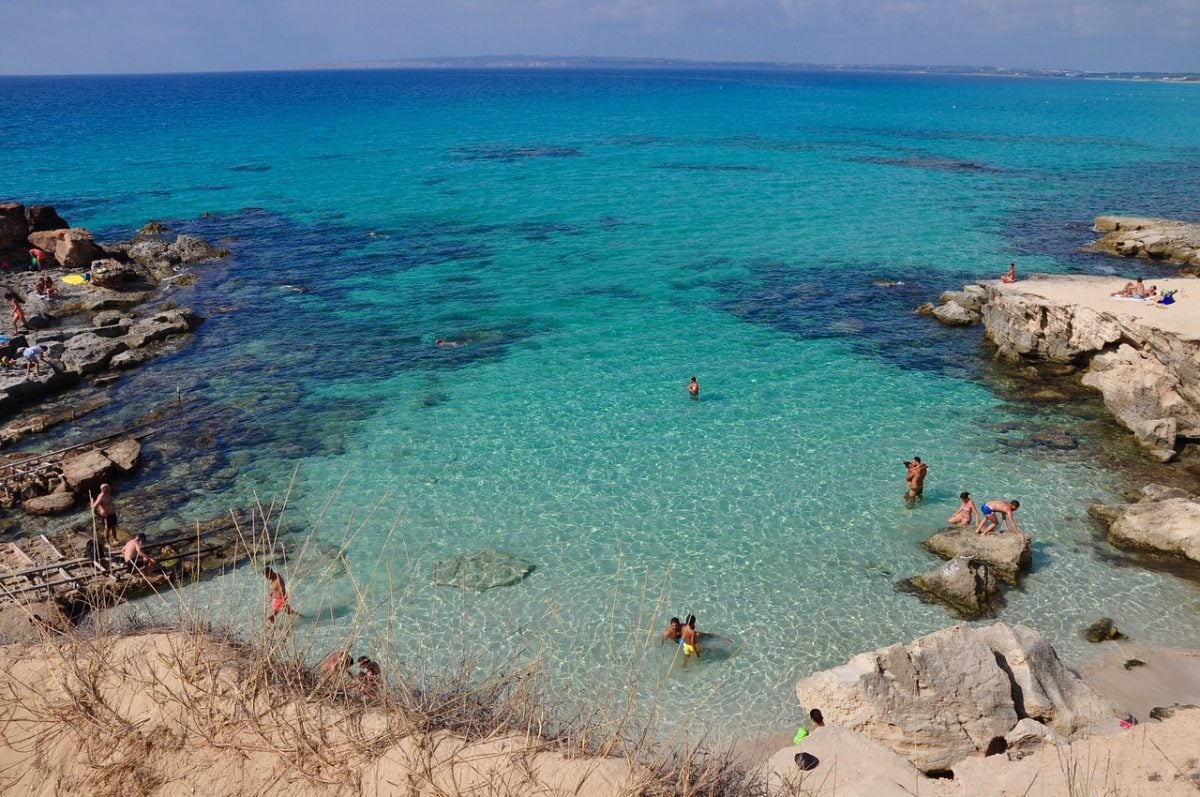
21. Walk the Camino de Santiago in Spain
What began as a pilgrimage trail hundreds of years ago is now also traveled by hikers from around the world. The Camino de Santiago is one of the most famous walks in the world. For many, this is still a personal pilgrimage, and every walker has their reason for walking 500 miles or more to the cathedral in the city of Santiago.
If you have the time, I highly suggest walking El Camino while backpacking in Spain. There’s very little technical walking on the main Camino routes —you’ll mostly be on well-maintained tracks or pavement and stay in hostels in towns along the route.
22. Don’t Forget about the mountains in Spain
And speaking of the Camino, which often starts in the Pyrenees, Spain is home to more than just beach towns and cities. There is actually quite a bit to see in the mountains.
You have the Pyrenees which border Spain (home to great hiking and climbing), the Sierra Nevada in Andalusia, and the green Picos de Europa in the northwest regions of Spain. These are all wonderful destinations for hiking, culture, and history.
In the winter, you can even ski in the Pyrenees and the Sierra Nevada.
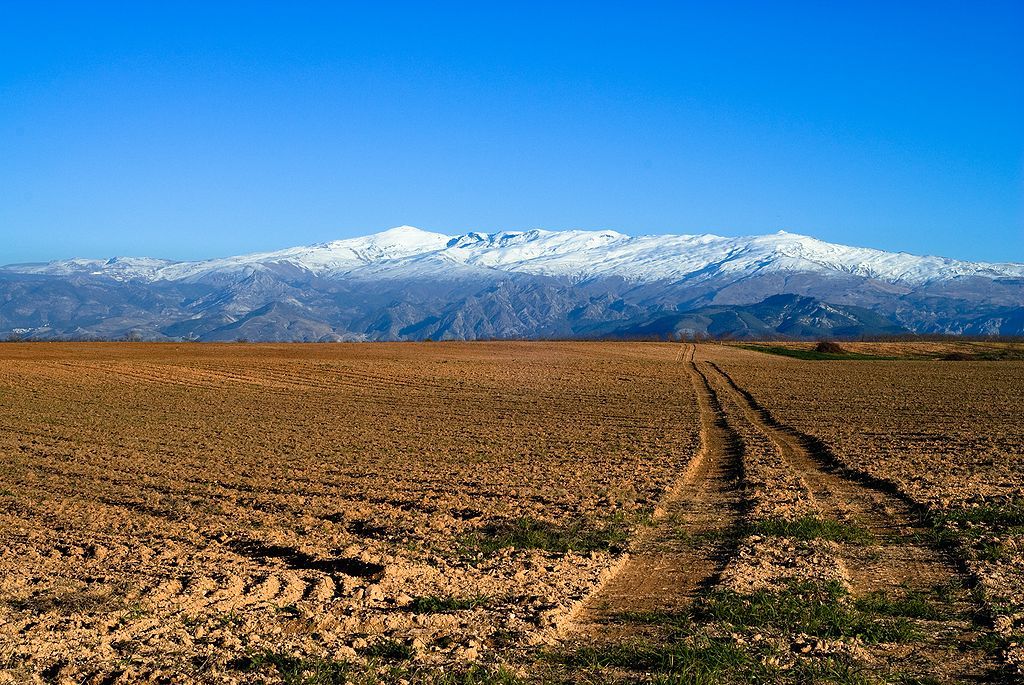
Photo: Antonio Morales (WikiCommons)
23. Most of Spain is Catholic
Spain can be a very religious country, especially among older people, so be respectful when you are around places of religious significance, and maybe don’t wear shorts in a cathedral.
24. The south of Spain has been influenced by Moorish culture as much as Catholic
In the Andalusia region, you will see Moorish architectural influence even more than Catholic influence. There is the beautiful Alhambra in Granada, the Real Alcazar in Seville, and incredible Mezquita in Cordoba. All three of these sights are well worth seeing by the way.
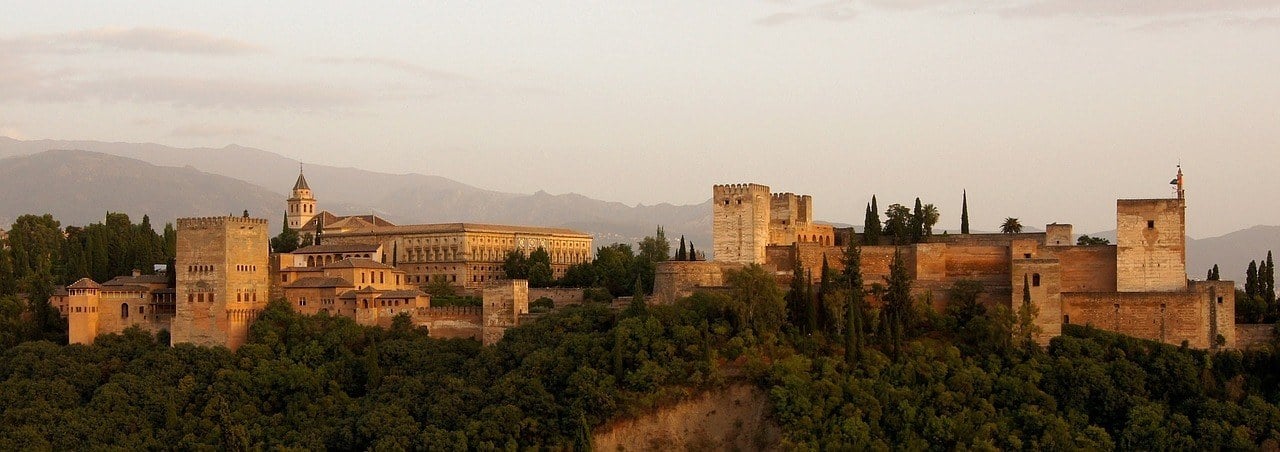
25. Close physical contact and prolonged eye contact are totally normal in Spain
Tourists may feel a bit uncomfortable at first, but eye contact with strangers, on say public transportation, is considered pretty normal. It took me a couple months to get used to the longer than comfortable stare downs with people sitting across from me on the metro.
Furthermore, it is polite to kiss on the cheek when greeting acquaintances and friends alike. Kiss the person’s right cheek first (the cheek on your left).
26. The train isn’t cheap
Train travel in Spain is awesome, but Spain’s Renfe rail network can be expensive, especially if you book a ticket last minute! If you are going to take a high-speed train ride, make sure to book it far in advance.
That said, sometimes the Eurail Pass is a great option for traveling around Europe! (UK and European residents: make sure to use Interrail.) I wrote an entire post on how to use train travel in Europe cheaply and efficiently.
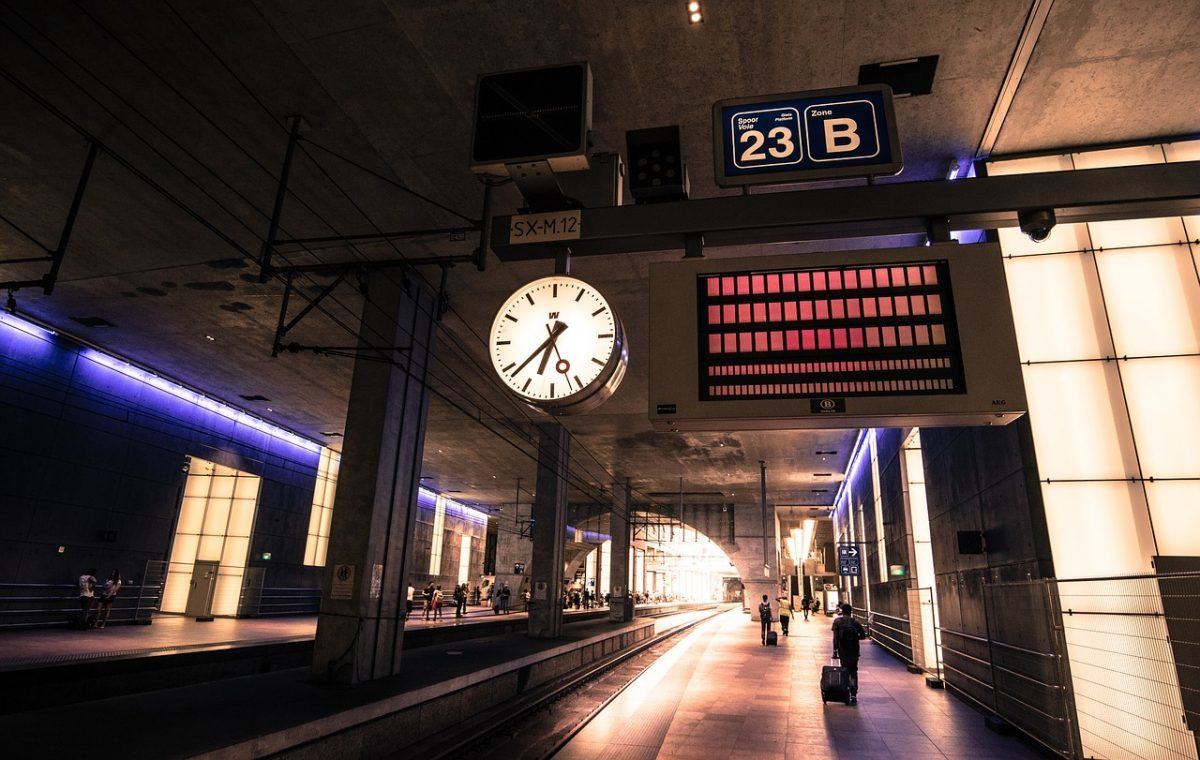
27. Use many modes of transport to get around Spain
If you’re backpacking Spain on a budget, here are a few of my Spain travel tips for getting around. Along with reading my tip above about the train network, consider the bus, ridesharing, and even hitchhiking to keep costs low.
Spain’s long-distance buses are clean and comfortable. Book with ALSA to get the best bargains. I have also used BlaBlaCar as my main mode of transportation in Spain. This is a popular car-sharing app that works out to be cheaper than taking the train or bus. Plus, it’s easy to book a seat last minute.
If all else fails, hitchhiking culture isn’t uncommon in Spain, though not as common as say, France. My main tips for hitchhiking in Spain: stick to service stations and know some Spanish phrases! Also, try to avoid hitchhiking during the siesta (from 14:00 to 17:00).
28. Spain is relatively affordable
All of this talk about affordable modes of transport in Spain brings me to my next tip. This country is relatively affordable to travel in, especially if you are traveling outside of the major cities. You will, however, blow your budget if you are paying for entree to top tourist attractions everyday, eating out around the main tourist plazas, and partying your life away every night.
My top backpacker tips are: eat the meal of the day for lunch and cook for yourself often, walk, hit up museums when they offer free admission, indulge in the tapas life, drink the local stuff, visit smaller towns and villages, and visit Spain outside of summer.
29. Catch a flamenco show in Andalusia
You can catch shows in Madrid or Barcelona – usually in a theater or fancier venue – but the spiritual home of Flamenco resides in the Andalusia region, like Seville, Granada, and Cadiz. In these cities, especially if you stay in Seville, you can find an excellent range of flamenco shows for every budget and atmosphere.
In fact, in my experience, the people of Cadiz love to dance: salsa, flamenco, you name it. You can seek out some amazing dancing clubs in this university town (and some awesome hostels to boot!).
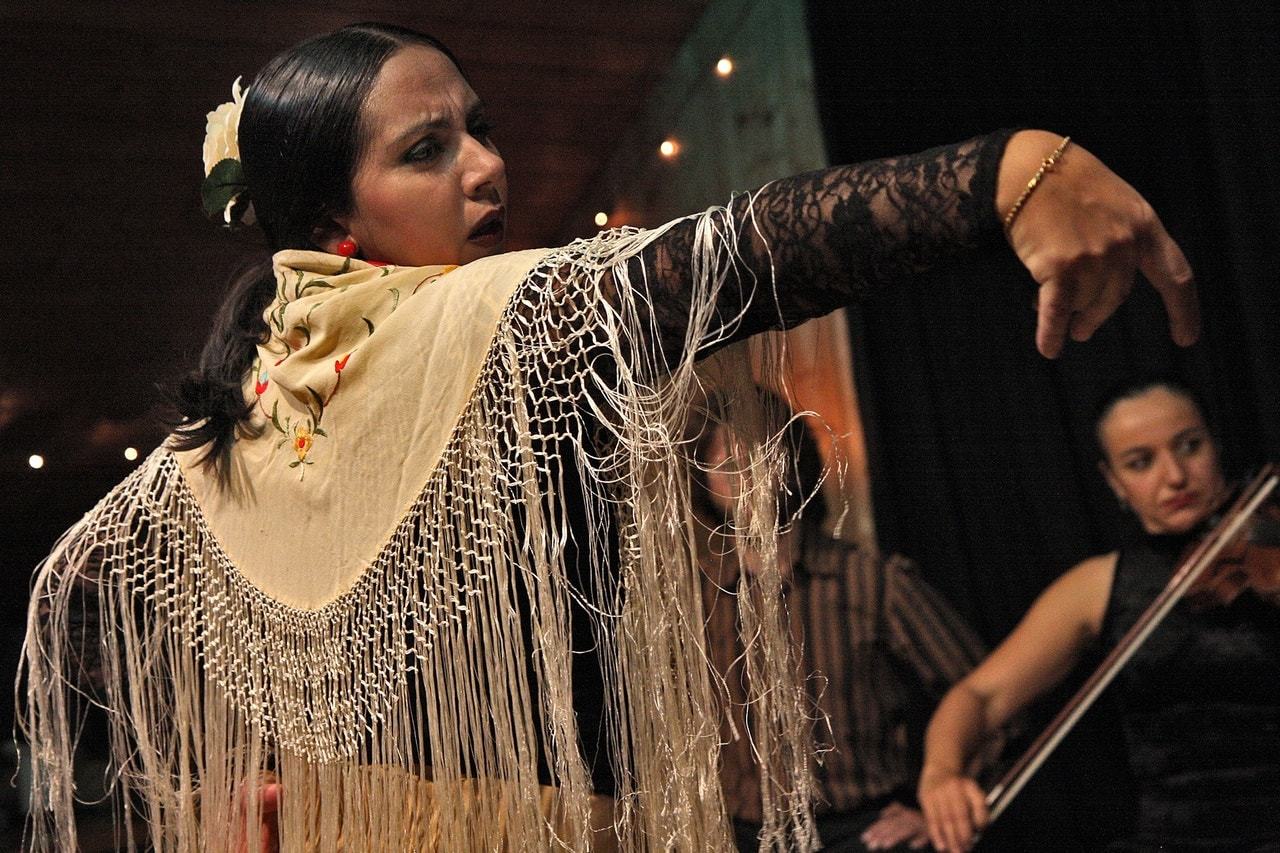
30. Watch for pickpockets in the big cities
Madrid and Barcelona are home to some of the best pickpocketers in the world. Unfortunately for you, they mostly target naive tourists. Do not – under any circumstance – carry your wallet in your back pocket or an open/unzipped purse, especially in the plazas and on public transportation.
31. No need to overtip in Spain
Waiters in Spain earn a living wage and do not depend on tipping. If someone goes above and beyond to help you, it’s honestly not for a tip and you’re not expected to leave anything.
If you really feel like your waiter deserves a tip, then go ahead an leave one. Some waiters might be offended, but most will probably be appreciative. That said, it seems like waiters in high-end or touristy restaurants seem more likely to expect a 10% tip.
32. You have to ask for your check at dinner
When it comes to cultural taboos in Spain, here is one of my most important Spain travel tips for tourists. Do not be offended by the lack of attention or service at a restaurant.
In Spain, it’s considered rude to rush a group out of a restaurant, so you may “served” as often as you are used to in, say, the US. You will have to go out of your way to ask your waiter for another drink or the check. In Spain, it’s common to sit at your table eating and drinking for hours and ask for your check to leave once you’re done.
33. Make sure to catch a festival in Spain
One of the coolest parts of the culture in Spain is just how much they love to celebrate. Each region in Spain has a special annual festival, ranging from religious holidays, cultural events, all-night parties, and internationally acclaimed music festivals. If you happen to cross one of these while backpacking Spain, GO!
Below is my list of the best festivals in Spain:
Carnaval: 47 days before Easter Sunday, this holiday often involves parades, and the best places to catch Carnaval are Cádiz and Sitges.
Las Fallas de San José: Over several days of dancing and drinking, each neighborhood in Valencia, Spain builds fallas (huge sculptures of paper mâché on wood) which are later burned in the streets. If you need accommodation for Las Fallas de San Jose festival, check out our guide on where to stay in Valencia.
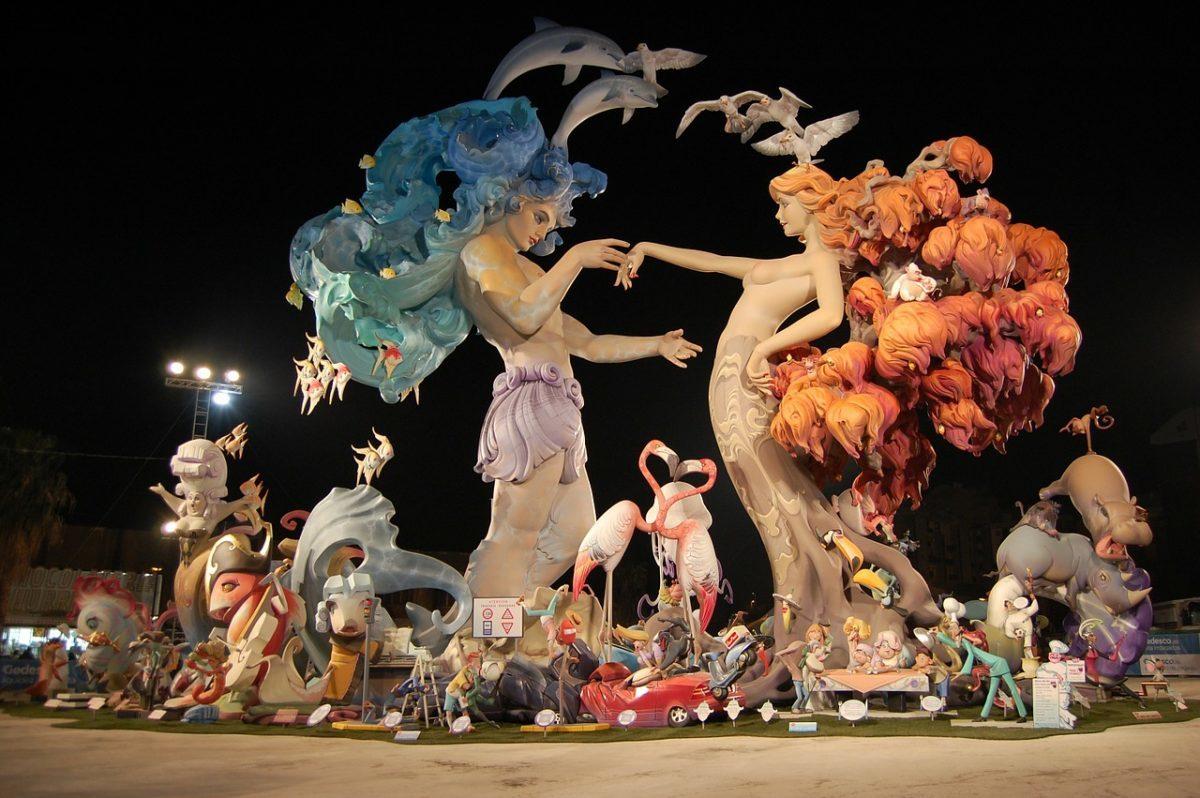
Semana Santa: Holy Week is celebrated all over Spain, and you would be wise to book your accommodation well in advance since many Spanish people will be traveling during this time.
Feria de Abril: This is a weeklong party in Seville where locals dress up in their traditional finery and ride around the city. There are massive parties late into the night.
Fiesta de San Isidro: This fiesta takes place in May in Madrid. Locals dress up in traditional costumes and celebrate with bullfights all month.
Batalla del Vino (Wine Battle): Every year, La Rioja hosts of a battle of the wines on June 29th, where the participants have wine fights while drinking wine, of course.
Running of the Bulls: This is a weeklong festival and party in Pamplona, Spain. Each day there is a running of the bulls where locals (and tourists) do as the name suggests, run with – should I say from – the bulls. (The anti-bullfighting event, the Running of the Nudes, takes place two days earlier.) Looking for Pamplona hostels?
La Tomatina: This is a festival held in the Valencian town of Buñol where participants have an all-out tomato throwing food fight.
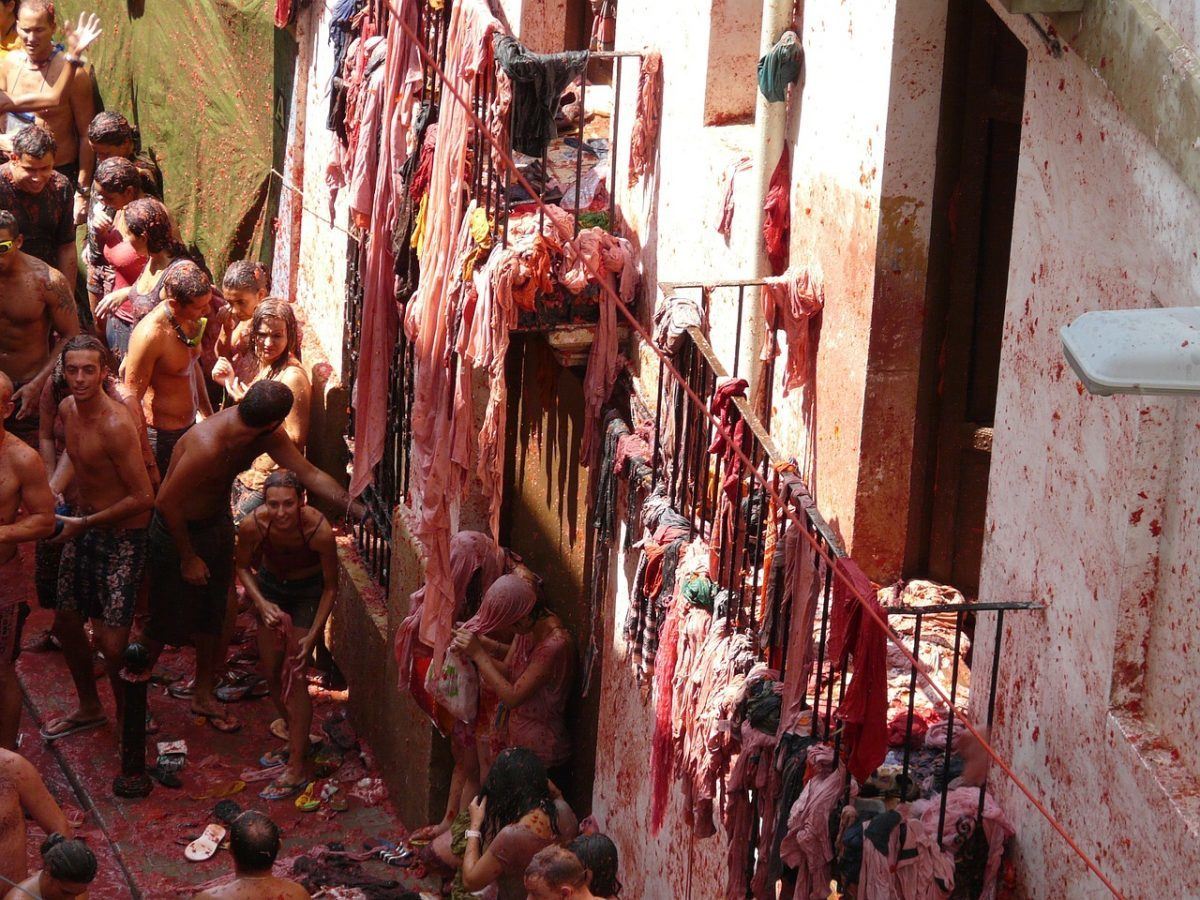
Final thoughts on my do’s and don’ts when visiting Spain
I hope my 33 Spain travel tips have been enlightening and informational! There are certain food and cultural taboos in Spain, as well as cultural etiquette to know about the many regions in Spain. If we missed anything, let us know in the comments below! Happy traveling!

And for transparency’s sake, please know that some of the links in our content are affiliate links. That means that if you book your accommodation, buy your gear, or sort your insurance through our link, we earn a small commission (at no extra cost to you). That said, we only link to the gear we trust and never recommend services we don’t believe are up to scratch. Again, thank you!



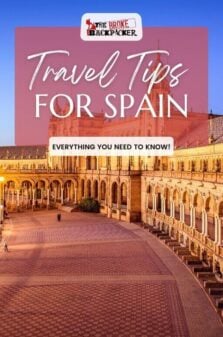


National Catalonian day is on the 11th, not 10th.
And answering to Xavi, It was an unofficial election because the Spanish government banned the democratic option. Catalans were not allowed by the Spanish government to make a referendum in order to know about the population’s opinion.
Anyway and with many difficulties Catalans manage to celebrate this election and found out that the majority wanted independence.
How beautifully you described all tips in this article. Really, a great effort! Lovely work! I found that the details are incredible!
Hello, thank you for your great tips and advice. I traveled thru Japan this summer and they use a “green” debit card for everything: bus, trains, subways, vending machines and it was reloadable at 7-11s. It was really handy as I didn’t need to carry Yen everywhere. Do you know is Spain has something similar to this card?
Im not aware of anything like this in Spain! Spain is a little less organised in this way than Japan, Id say actually most places are.
Great article apart from the comment about Catalonia voting for independence in 2017, but the Spanish government not letting them. This is not true. That voting in 2017 was an unofficial and out of proper control voting organized and counted by pro-independence parties and institutions. Spain is a democratic country and would only respect democratic and clean voting processes. You should get better informed or check different sources. The majority of the citizens of Catalonia do not support independence. By the way, I lived in Barcelona for 15 years, including the time when this happened.
Really liked the domain name 😀
thanks for the great tips!
Hey Ana,
Thank you so much for sharing these valuable tips with us.
Personally, I’m very grateful to you for sharing that don’t visit Spain in summer unless you are not able to sustain in the heat which you have mentioned (where temperature goes nearly 40 or 40+ C). It is a very hot condition for travelers. So, When I plan to visit Spain I’ll make sure that the summer is passed or end of summer.